2018 Invited Speakers
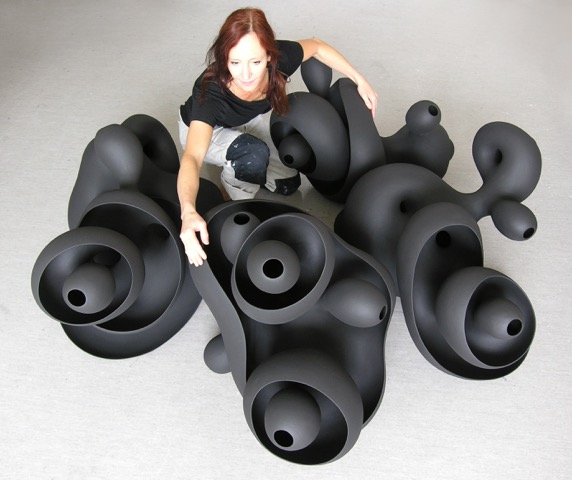
Eva Hild
Sweden
Eva Hild (b.1966) is a Swedish artist and sculptor, based in the south-west of Sweden. After her Master of Fine Art, she has explored the field of handbuilt and complex structures in clay and metal. With her organic sculptures, she has established a position on the international art scene and is represented in important private and institutional collections world-wide.
Her art has met with a profound fascination at the way in which she expresses body and space, strength and fragility, presence and absence. The ethereal, flowing sculptures embodies the dualism between positive and negative space. Explorations of air, light, and movement are central to her works.
Eva Hild is the recipient of numerous grants and awards in Sweden and abroad. She has made numerous works in public spaces, as large-scale metal sculptures and installations in a variety of materials. Her work can be found in public and private collections including the Museum of Arts and Design, New York, the Museum of Modern Ceramic Art, Japan, the National Museum of Art, Architecture and Design, Oslo, the National Museum, Stockholm, and the Museum of Fine Arts, Boston.
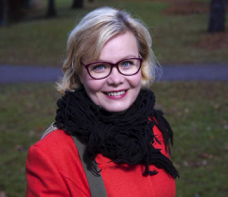
Minna Huotilainen
University of Helsinki, Finland
Neuroscience is offering a new insight into education when it has become possible to measure the underpinnings of neural representations changing in learning. In the Finnish educational system, science, technology and mathematics learning (STEM) are heavily integrated with arts, crafts and music activities (A). Such a combination (STEAM) may provide optimal learning situations and physiological conditions. This talk will present some examples of the use of neuroscience in understanding learning in the STEAM context and the benefits of such combinations.
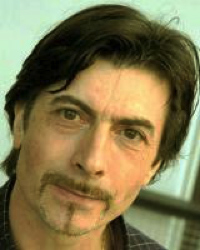
Paul Moerman
Södertörn University, Sweden
How can we describe and understand the nature and reciprocity of arts and mathematics or sciences in an educational setting? This talk makes a strong statement on arts as education. A mathematics and a science teaching and learning program are reviewed, drawing on dance as agent in subject knowledge shaping and meaning making. Aesthetic literacy as research method is discussed, inter-playing with mathematical or natural science literacy. Aesthetic experiencing is situated at the core of pedagogical relations being shaped between teacher, learners, subject content and the surrounding world.
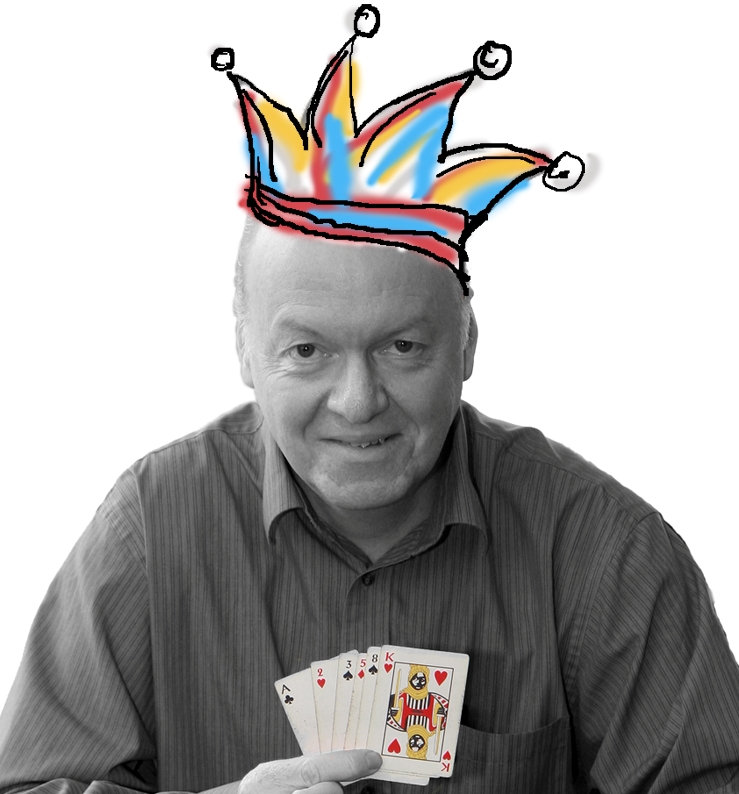
Colm Mulcahy
Spelman College, USA
Colm Mulcahy is a professor of mathematics at Spelman College, in Atlanta, where he has taught since 1988. Though he trained in commutative algebra, he has written papers on CAGC and image compression using wavelets. Since 2000, he has been at the forefront of publishing original "mathemagical" principles and effects, particularly in his long-running (2004-2014) bi-monthly Card Colm for the Mathematical Association of America. His book Mathematical Card Magic: Fifty-Two New Effects (AK Peters/CRC Press) came out in 2013. He has blogged on various fun mathematical topics for the Huffington Post and Scientific American, and some of his puzzles have appeared online at the New York Times.
Colm's drift to more visual and visceral manifestations of mathematics more or less coincided with rekindling the flames of an old passion (from his teenage years growing up in Ireland) for the writings of Martin Gardner. He was fortunate to get to know the great man in his final decade, and spearheaded the Gardner Centennial Celebrations in 2014. His "Let the Games Continue" (co-authored with Dana Richards) is featured in The Best Writing on Mathematics 2015 (Princeton University Press). He is currently VP of Gathering 4 Gardner.
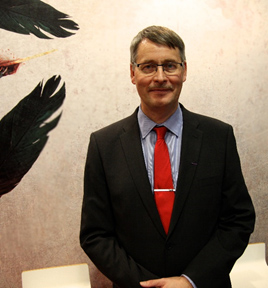
Osmo Pekonen
University of Jyväskylä, Finland
The problem of the precise shape of the Earth was a central question of 18th century science. Two expeditions were sent to explore the issue, one to Peru, the other to Swedish Lapland. The Northern expedition under the leadership of the mathematician Pierre Louis Moreau de Maupertuis was able to solve the problem during the winter 1736-1737. This talk is accompanied with a trailer from the movie "La Figure de la Terre" (2015) by Axel Straschnoy.
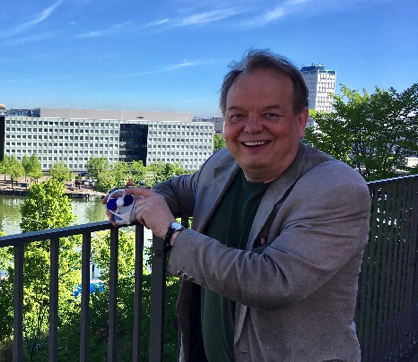
Hannu Salmi
University of Helsinki, Finland
The current STEAM-education (Science, Technology, Engineering, Art, Mathematics) approach underlines integration of abstract mathematical ideas to find concrete solutions and evidence by art. Making art (as “Kunst”), requires practical skills and handicraft. However, it is also an emotional process involving curiosity, play, risk-taking, and imagination. A combination of math and art invites to approach math problems from a new perspective because imagination, which is closely related to art, gives the possibility to see things other than the way they are – using re-framing in problem-solving. It is forming the link between the real material world hands-on world and the fully digitalized environments. Recent research literature has given evidence for motivational effects and more encouraging learning results, especially in informal, out-of-school environments.
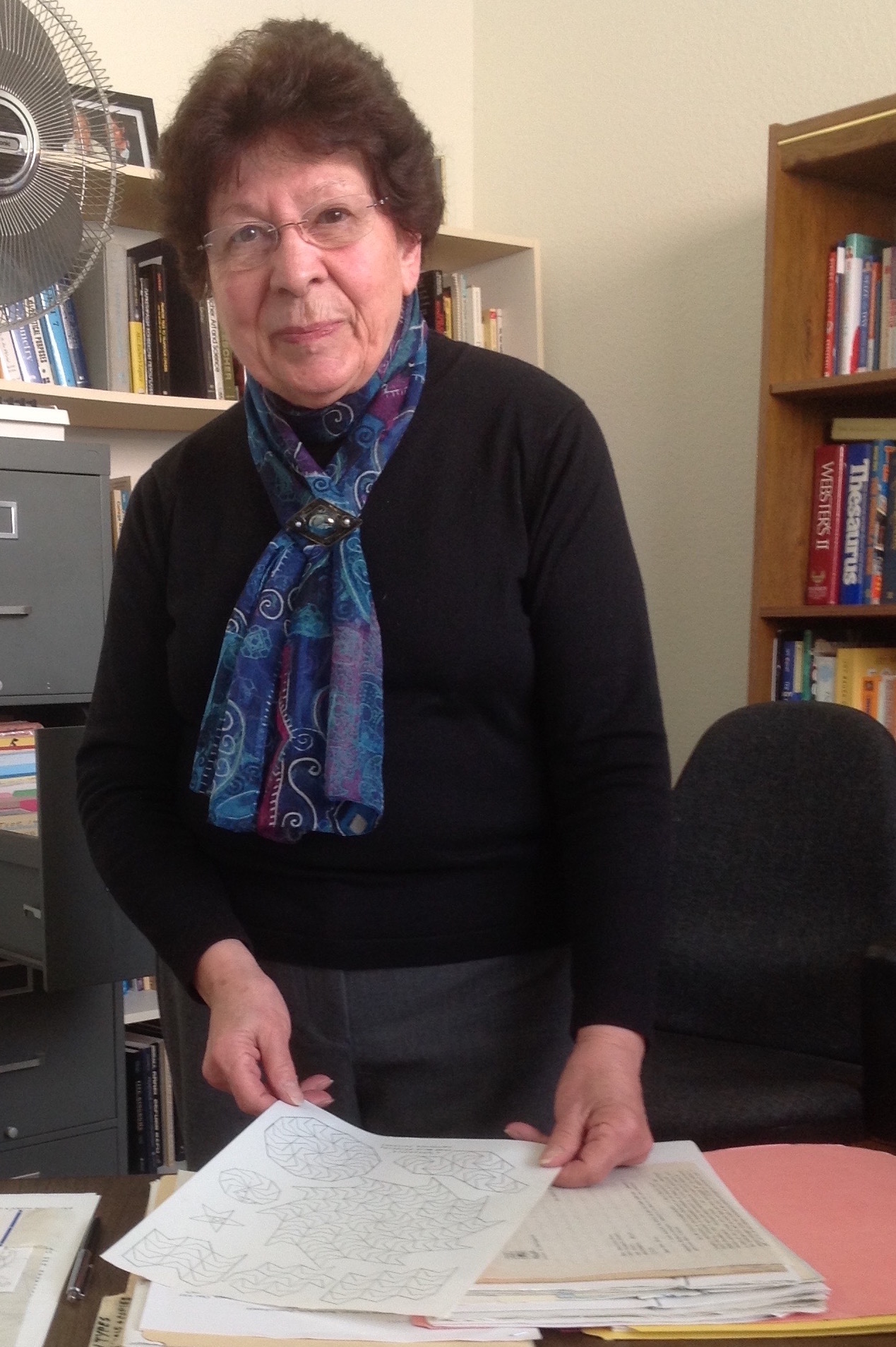
Doris Schattschneider
Moravian College, USA
Doris Schattschneider holds a Ph.D. in mathematics from Yale University and is Professor Emerita of Mathematics at Moravian College, Bethlehem, Pennsylvania, where she taught for 34 years. Her dual interest in geometry and art led naturally to the study of tiling problems (particularly the “pentagon problem”) and the work of the Dutch artist M.C. Escher. She has published and lectured widely on both Escher’s work and on the work of Marjorie Rice. During a span of almost 40 years, she encouraged Marjorie's unique mathematical investigations and served as her “Boswell.” Doris is currently an associate editor of the Journal of Mathematics and the Arts, and serves on the advisory committee of the National Museum of Mathematics in Manhattan, NY. She is a Fellow of the American Mathematical Society and has been active in the Mathematics Association of America (MAA) at all levels, serving as editor of Mathematics Magazine 1981–1985. In 1993 she received the national MAA Award for Distinguished Teaching of College or University Mathematics.
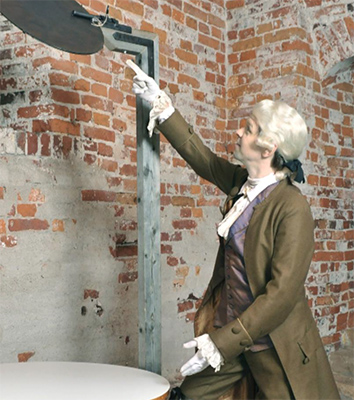
Johan Stén
University of Helsinki, Finland
Uranus was the first planet to be “discovered” since ancient times. The light of Uranus being faint, its discovery relied on the progress in telescope making. The planet was discovered in 1781 in Bath, UK, by Willian Herschel, a musician and amateur astronomer of German origin, who manufactured his own reflecting telescopes. Many astronomers before Herschel had noted the planet but mistaken it for a fixed star, and in fact, Herschel himself first suspected it to be a comet. The Finnish-Swedish astronomer Anders Jonas Lexell, at the time on a tour in England, started to calculate its orbit from three of its observed loci. His first calculations suggested that the object moved in a measly circular orbit and a few years later, the discovery of a new planet was universally recognized.
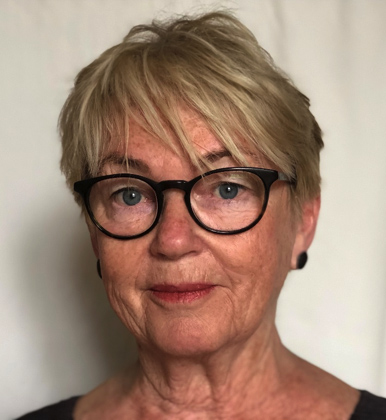
Eva Tuvhav Gullberg
Project Leader, Sensory Lab, Sweden
When we think about the future, we know that it will be quite different from what we experience today. With that knowledge in mind, we have to create flexible learning environments that contribute to exploring the world in a more creative way. The Sensory Lab for preschoolers is such a learning environment: where art, mathematics, fantasy and science are integrated in a multisensory and transdisciplinary design.
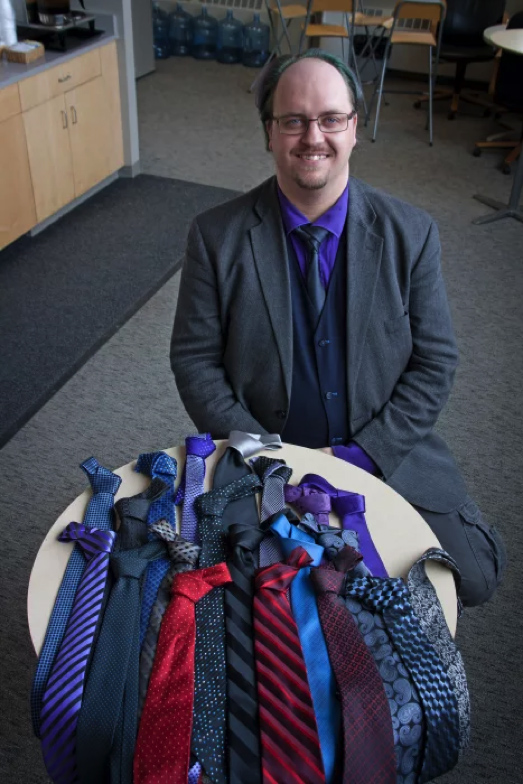
Mikael Vejdemo-Johansson
CUNY College of Staten Island, USA
Ever since Babbage, Lovelace and Turing, we have studied computation: how to write out recipes to perform calculations that in the end power everything from Minecraft to Mineral mining. The abstractions used to understand the ideal computer can find their uses in a wide range of other areas -- how to write programs less easy to hack, how languages might work, and even how to count the number of possible necktie knots. In this talk, we will present the connection between formal languages, equation solving and necktie knots.
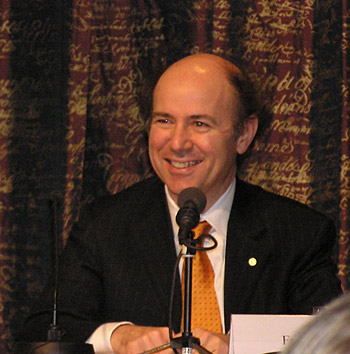
Frank Wilczek
Massachussetts Institute of Technology, USA
Frank Wilczek has received many prizes for his work in physics, including the Nobel Prize of 2004 for work he did as a graduate student at Princeton University, when he was only 21 years old.
He is known, among other things, for the discovery of asymptotic freedom, the development of quantum chromodynamics, the invention of axions, and the exploration of new kinds of quantum statistics (anyons).
Longing for the Harmonies, a beautiful exposition of modern physics Frank wrote with his wife Betsy Devine, was named a NY Times Notable Book of the Year and has recently been re-issued in paperback. Frank is also the author of Fantastic Realities, a "playful yet profound" (to quote one reviewer) collection of his short pieces on wide-ranging topics, which concludes with a family's-eye view of the Nobel adventures, drawn from Betsy's blog Funny Ha-Ha or Funny Peculiar.
Frank grew up in Queens, NY and attended the University of Chicago. After getting his Ph.D. from Princeton, he spent time on the faculty there and at the Institute for Advanced Study, as well as at UCSB's Institute for Theoretical Physics, now the KITP. Frank is currently the Herman Feshbach professor of physics at MIT.